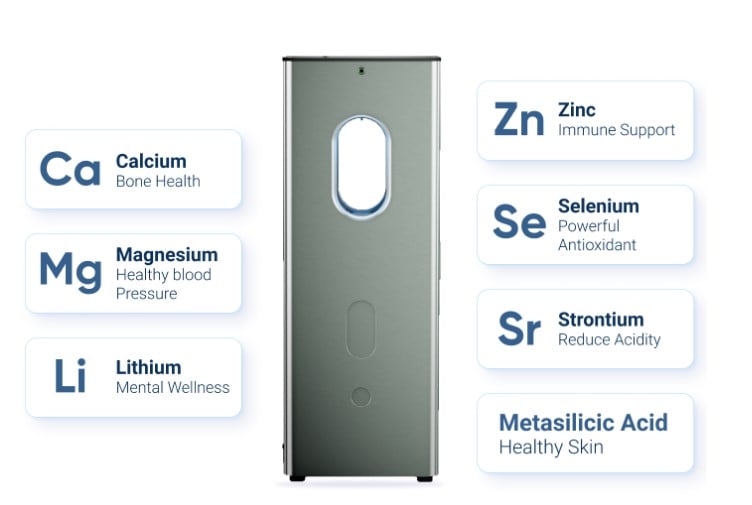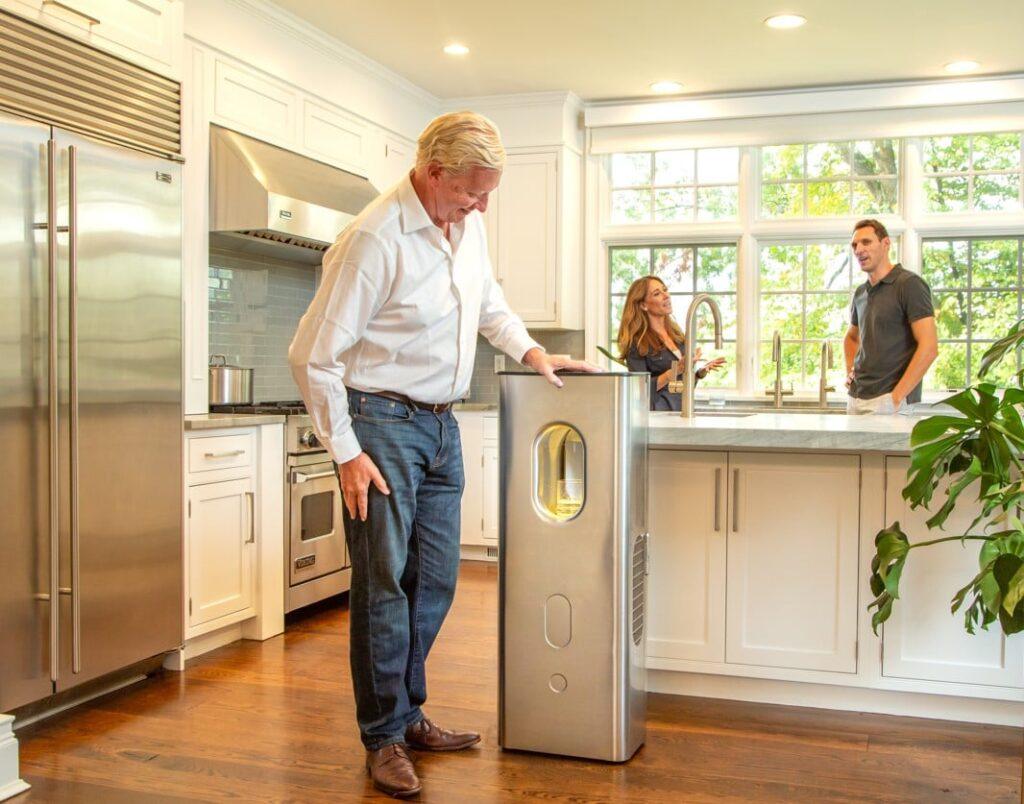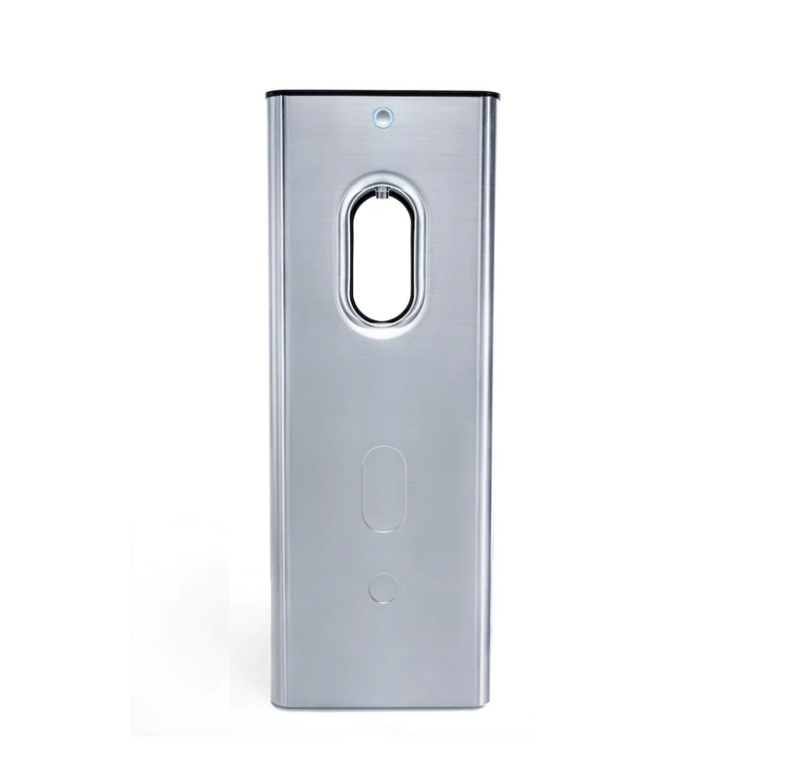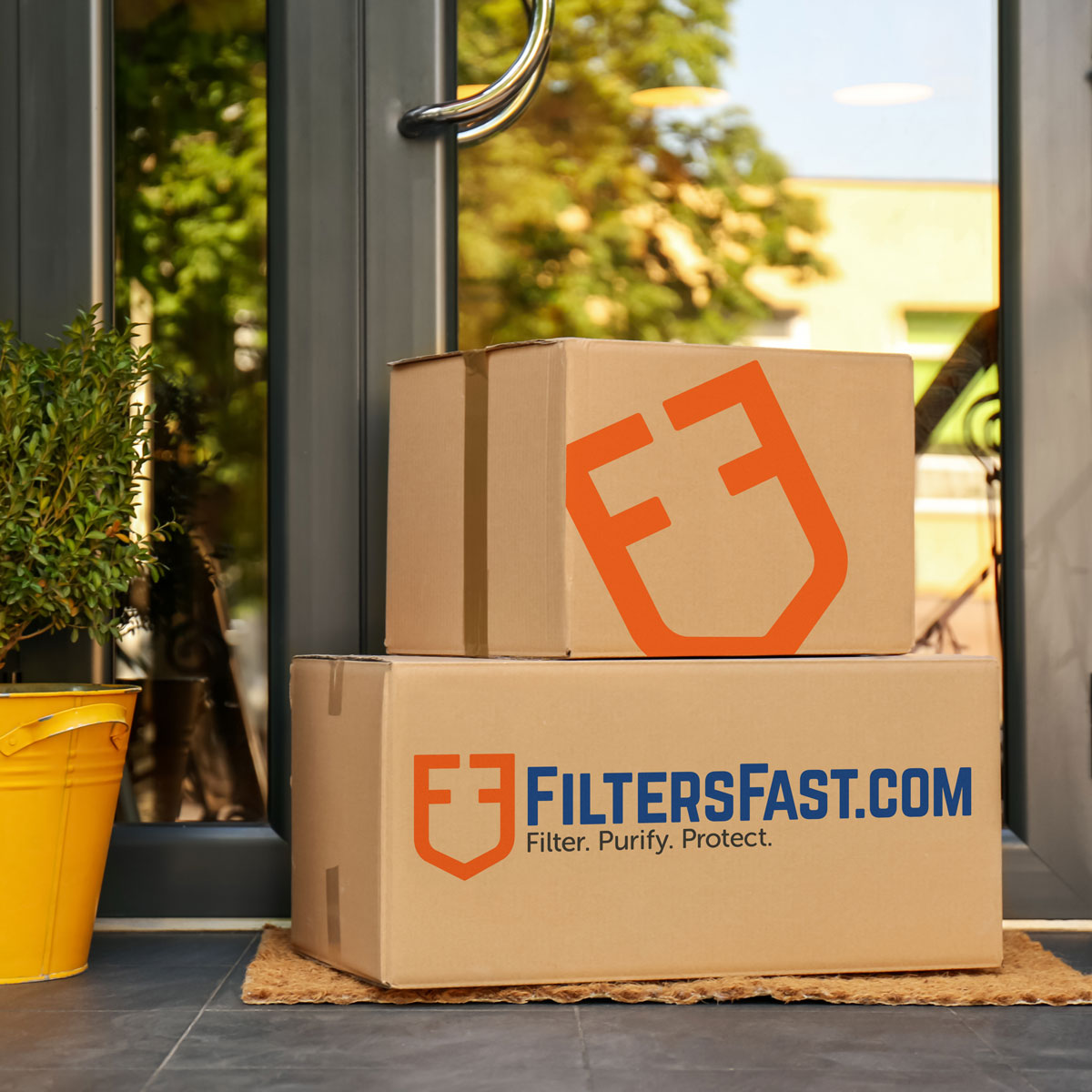Eco-friendly water purification matters more than ever. With growing water shortages and pollution issues around the globe, finding sustainable ways to ensure clean water is vital. Traditional methods often rely on chemicals and energy-heavy processes, which aren’t doing our planet any favors. Switching to greener options helps protect ecosystems and reduces our carbon footprint.

Typical purification hit the environment hard, with tons of discarded filters and chemical waste. These conventional methods might work fast, but they leave a lasting impact on the planet. Choosing eco-friendly alternatives conserves resources and reduces harmful emissions. This means helping the earth breathe a little easier while keeping the water clean.
The benefits of going green are huge. Beyond just reducing waste, eco-friendly techniques often lead to better water conservation. Using less energy and sustainable materials supports a more balanced ecosystem and keeps those utility bills in check. Win-win for you and the environment.
Across the world, innovative minds are coming up with greener water solutions. From solar distillation to bio-based filtration systems, the options keep expanding. These advancements show that sustainable water purification isn’t just possible; it’s happening right now. Seeing these innovations in action is pretty inspiring and offers hope for a cleaner future. If you’re curious about how you can start purifying water the green way, feel free to drop any questions or comments. You’re also invited to explore more useful tips and resources at FastFilters.com.
Popular Eco-friendly Water Purification Methods
Exploring sustainable methods like solar distillation and rainwater harvesting gives an exciting glimpse into nature’s toolbox. Solar distillation harnesses the sun’s power to purify water, offering a simple yet highly effective solution. Rainwater harvesting, on the other hand, takes advantage of natural rain cycles, helping you gather clean water without wasting energy or resources.
Biotechnology steps up with algae playing a significant role in water purification. Algae, a natural wonder, acts as a biologically active filter, removing contaminants while being completely harmless to the environment. This breakthrough adds a fascinating twist to typical purification processes and brings eco-friendliness to the forefront.
Using materials that biodegrade naturally ensures the methods leave zero footprint. Many filtration systems are made from elements like coconut fiber and sand, blending nature with necessity. These not only save waste from ending in oceans or landfills but are also totally reliable in purifying water effectively.
Throughout the world, numerous eco-friendly water projects are already thriving, showing promising results. For instance, some communities have implemented large-scale rainwater systems, greatly improving local water quality and availability. These case studies are not just stories, they’re blueprints for sustainable living, proving that green solutions can be smart and scalable.
If diving into details isn’t your thing, don’t worry. I’ve got more practical tips and resources lined up. You can even start small by considering how these methods might fit into your lifestyle. Got questions or keen to explore more? Reach out any time, and don’t forget to stop by FastFilters.com for more insights and solutions.

How To Implement Green Water Purification At Home
Tackling water purification at home with an eco-friendly twist can feel like a daunting task, but breaking it down makes it way easier. Begin by taking a closer look at your water usage patterns. Noticing where water might be slipping through the cracks helps pinpoint areas needing an eco fix.
Setting up a rainwater collection system in your backyard is a straightforward start. Equip your home with barrels to capture and store rainwater, making the most of those natural downpours. This setup can drastically cut down on using treated water for gardening or even flushing toilets.
Choosing the right filter is next. Opting for filters made from sustainable materials like coconut husk or charcoal keeps your home’s carbon footprint to the minimum. Research various eco-friendly filters available and find one that suits your needs best—a perfect blend of efficiency and earth-friendliness.
Maintaining your setup ensures it keeps running smoothly. Regular cleaning and often checking for any leaks or clogs will help. The more you stick to a routine, the more dependable and sustainable your water purification will be.
If you’re keen to get started but feel overwhelmed, take it step by step. More advice or answers to those burning questions are just an ask away. Whether it’s troubleshooting tips or more about products, feel free to reach out or learn more at FastFilters.com.

The Economic and Health Benefits of Going Green
Going green with water purification isn’t just about saving the environment—it’s also about saving some cash. Once you’ve got your eco-friendly setup going, you’ll notice those water bills getting lighter. While there might be a bit of an upfront cost, the reduction in water waste over time more than makes up for it.
On top of the financial perks, there’s a health angle to consider. Cleaner, greener water means fewer chemicals in your system. This leads to fewer allergens and contaminants in the water you drink and use daily, offering a boost to both your health and peace of mind.
Communities switching to sustainable water solutions often see remarkable public health improvements. By eliminating or reducing pollutants, people aren’t just drinking cleaner water—they’re also enhancing their overall health and well-being. Imagine the ripple effect this could have on local healthcare needs and expenses.
Need some real-world evidence? Look at neighborhoods where residents have embraced eco-friendly purification methods. These communities often report fewer health problems related to water quality. Plus, they’ve found a sense of pride in knowing they’re contributing to a healthier planet while protecting their own health.
If you’re curious or want to hear more stories of success, reach out anytime. Always open for a chat or to dive into more great tips at FastFilters.com.
Getting Started: What You Can Do Today
Jumping into eco-friendly water purification doesn’t have to wait for some grand gesture. Simple lifestyle changes right now can lower your water footprint instantly. Being conscious of water usage, whether it’s taking shorter showers or fixing leaky taps, makes a surprisingly big impact.
Don’t underestimate the power of community. Team up with local groups focusing on sustainable practices to share tips and support each other. Whether it’s a community rainwater harvesting project or neighborhood clean-up events, involvement helps build a greener community.
Finding eco-friendly water purification products is easier than you might think. From online marketplaces to local stores, many retailers now offer green alternatives. Do your research or ask around in forums or social media groups to find tried and tested products that match your needs.
The move to greener water purification is both rewarding and achievable. If thoughts or questions pop up, I’m here to help. Dive into more resources, leave a comment, or ask a question at FastFilters.com to continue your journey toward a sustainable water experience.


This article does a great job of highlighting the urgency of eco-friendly water purification and the innovative solutions available. I’m especially interested in how algae-based filtration works—does it require specific conditions to be effective, or can it be adapted for home use? Also, have there been any large-scale success stories with solar distillation that show its viability beyond individual households? Looking forward to exploring more sustainable water purification methods!
Hi Herman, thank you for your thoughtful comment! We’re pleased to hear that you found the article beneficial. You’ve raised some intriguing points regarding eco-friendly water purification.
Algae-based filtration is indeed captivating! This method typically works by using algae to absorb pollutants and excess nutrients from water. While it demonstrates significant potential, its effectiveness relies on specific conditions, such as adequate sunlight, appropriate water temperature, and a controlled environment to prevent the algae from overgrowing or introducing unwanted species. Although there are ongoing explorations into large-scale applications, adapting it for home use remains largely experimental. It requires more than just setting up an aquarium; achieving the right balance necessitates a certain level of technical expertise. Nevertheless, the possibilities are promising, making it an area worth monitoring for future developments.
Concerning solar distillation, it’s valid to inquire about large-scale success stories. Although it is often utilized for individual households and small communities, there have been notable larger-scale projects that highlight its efficacy. For instance, certain arid regions with limited access to fresh water have implemented solar distillation in community-sized plants, which typically rely on extensive arrays of solar collectors to heat water and produce distillate.
While these projects have shown promise, challenges persist, such as the land area required for large-scale setups and the initial investment costs. However, as technology advances and costs decrease, solar distillation could increasingly contribute to clean water solutions in water-stressed areas. Its reliance on a renewable energy source and relative ease of maintenance make it particularly appealing.
We share your enthusiasm for exploring more sustainable methods!